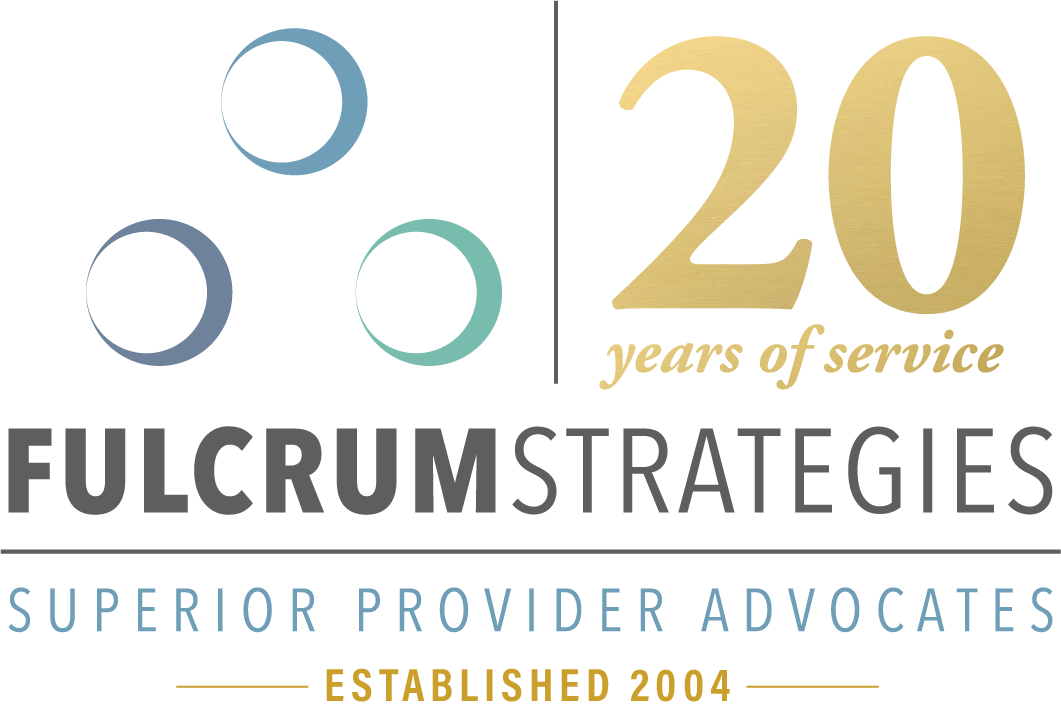Capitation – The “C” Word
For years, if not decades, we have been hearing about healthcare reimbursement transitioning from a fee for service system to a value-based system. Until recently these predictions were much like the song “tomorrow” from the movie Annie, where tomorrow is “always a day away.” Oddly enough, it may be the Covid-19 pandemic that creates the catalyst to make tomorrow, today.
Recently BlueCross BlueShield of North Carolina announced a new program called “Accelerate to Value.” This program will provide independent primary care practices with additional funding to replace the revenue they lost during the Covid-19 crisis. To receive this money, the group must stay independent, join one of four approved ACOs, and consider a capitation contract next year.
For many physicians, the use of the “C” word causes a great deal of trepidation. They get worried that capitation is just a slick way for payers to trick providers into accepting less money for the services they provide.
Let me begin by saying that being skeptical of anything coming from a payer is always a good thing. That being said, not everything they do is bad, and in this case it isn’t.
Capitation is a tool. Nothing more, nothing less. Like any tool its value and effectiveness lie with the skill of the person using the tool rather than the tool itself. A scalpel in the hands of a gifted surgeon can save lives. That same scalpel given to a child will result in someone getting hurt.
Capitation, as well as other forms of value-based reimbursement, is designed to help fix one of the fundamental economic flaws of our health care system; a flaw that contributes to our problem of health care hyperinflation in this country. You see, our current fee for service system pays doctors to treat illness, injury and disease. It does not pay doctors very well to keep people healthy or help them avoid illness and disease. Capitation reverses this and pays doctors to keep people healthy. For example, things like imaging go from being revenue sources to expense centers. Under capitation, the most profitable patient is the patient that is healthy and stays healthy. From a philosophical standpoint, most doctors would love to be paid for keeping people healthy rather than only being paid when treating an illness or disease.
The benefit or harm that a capitation contract can have on a practice is determined by the details of the agreement. These details can be complicated and are the key to determining how these agreements function. How do I know this? Well, I negotiated my first capitation contract almost 30 years ago. I have negotiated single specialty, PCP, hospital and full delivery system cap agreements. Most of these I negotiated while working for insurance companies. Some of these agreements worked very well for both parties, including the providers on the other side of the agreement. Some of them were financially devastating. I negotiated and managed one such agreement that went so poorly that the hospital system actually paid the insurance company for the pleasure of treating its members. I’m not kidding. The cap contract was so bad that after paying for leakage to other hospitals, the cap pool had a negative balance, so the hospital had to send a check to the insurance company to cover the deficit. That’s how bad these things can get. On the other side of the spectrum was a single specialty cap contract that performed so well for the physician group that their revenue was actually higher than the full billed charges for the services they provided. While these are the extremes, it does point out the variability of these agreements.
So how does a medical group ensure that the contract they enter into is beneficial? The key lies in three areas.
- Understand the data. You have to be able to compare the revenue from capitation to the revenue that the old fee for service agreement would have produced. This will allow the group to figure out if they are starting out even, ahead, or behind.
- Understand the way the cap works. If you have seen one cap agreement, then you have seen one cap agreement. They are all different and they all have different provisions. Understanding how they work is key to being successful under these new payment models.
- Manage your group’s performance. Working under a cap environment is in many ways similar to managing under a fee for service agreement. Groups have developed very good systems and reporting to measure physician production under fee for service agreements. This is because production is king in a fee for service world. In a capitation environment, you need to develop new tools and reporting to manage individual performance under these agreements. If excessive imaging is a cost center under a capitation agreement, you need to be able to measure and manage any over utilization of imaging by the physicians in your group.
Groups that are able to effectively handle these three things, can and are very successful in a cap environment. Those that can’t or don’t, are likely to fare very poorly.
New payment models, like capitation, have been predicted for years. For many physicians, this was always a future problem that didn’t need to be addressed right away. Well, the future is now. It’s time to get started. Your ability to transition to these new payment models will either secure your future or eliminate it.
Check out our latest podcast!
